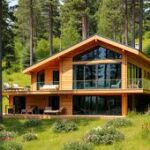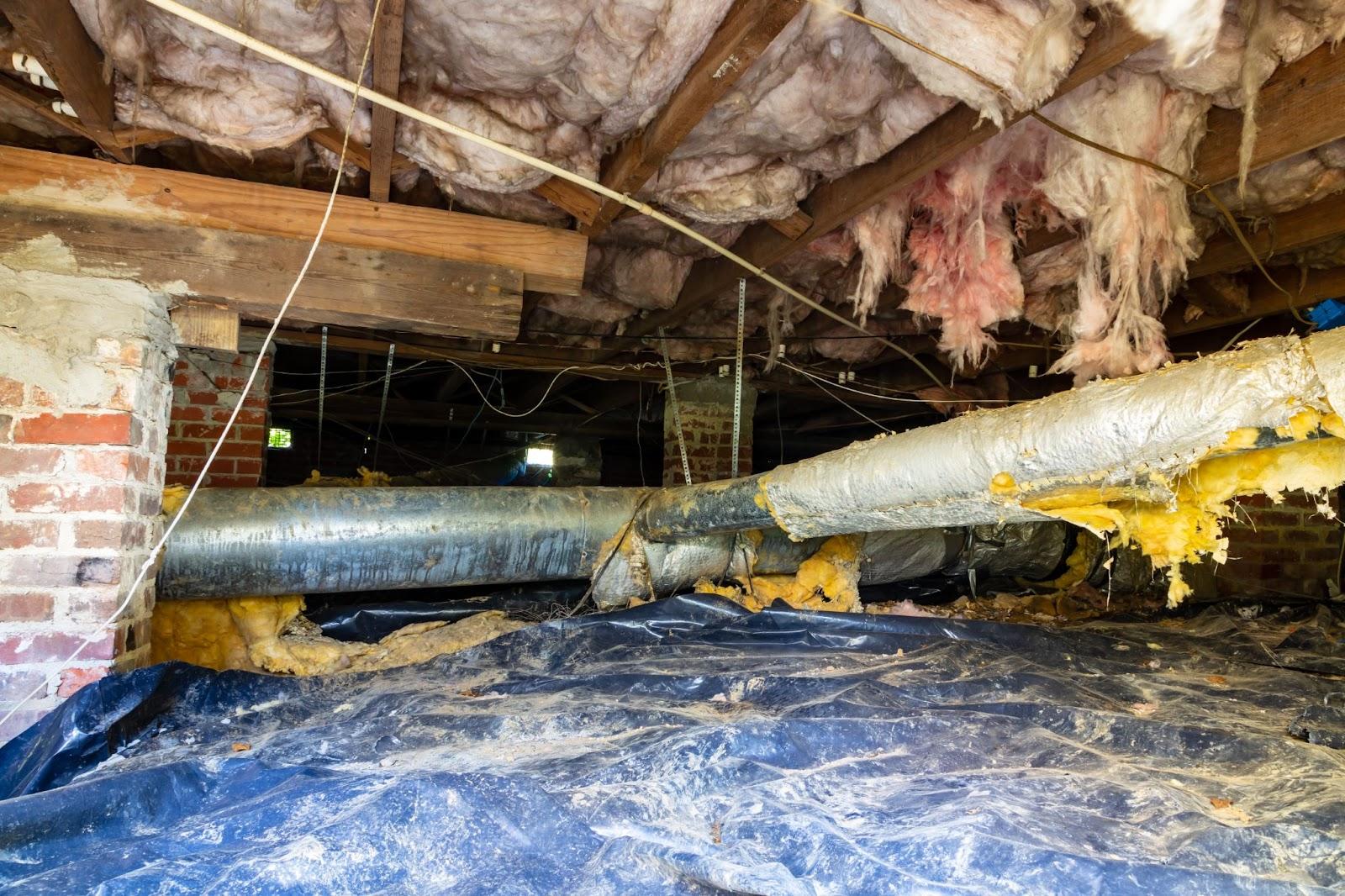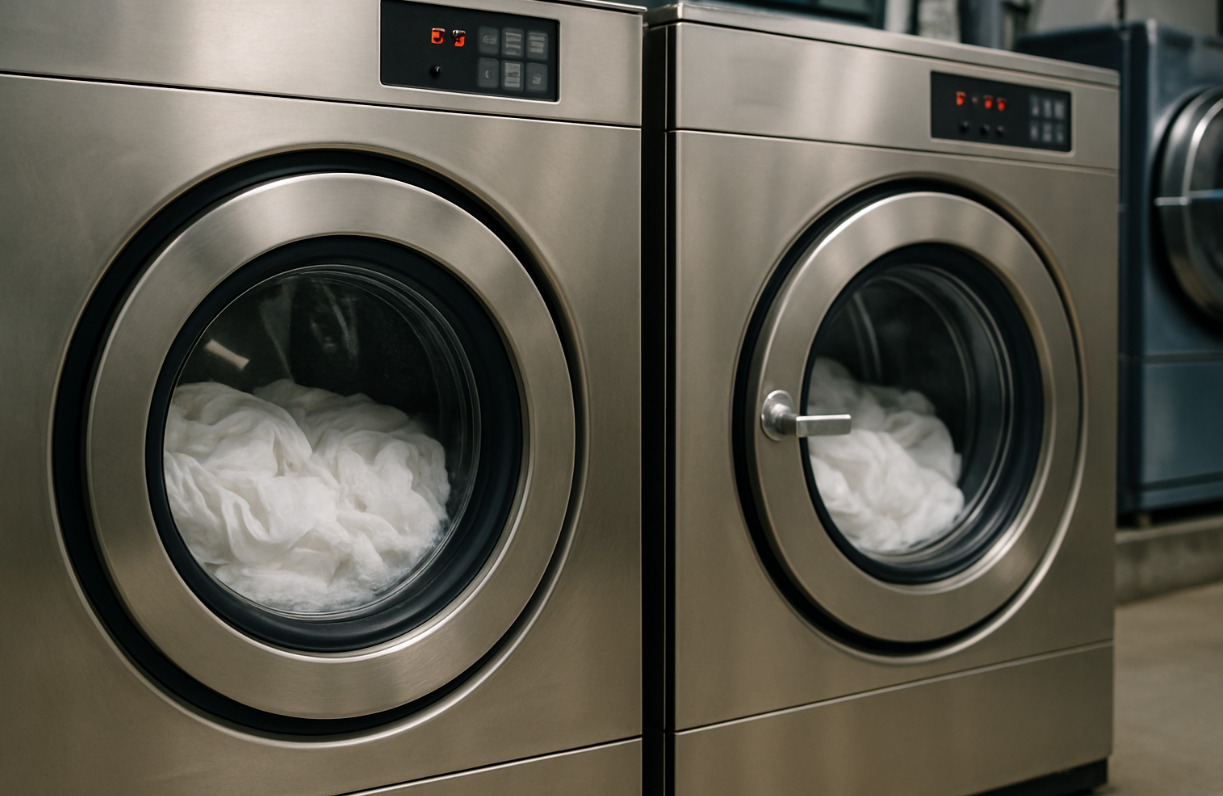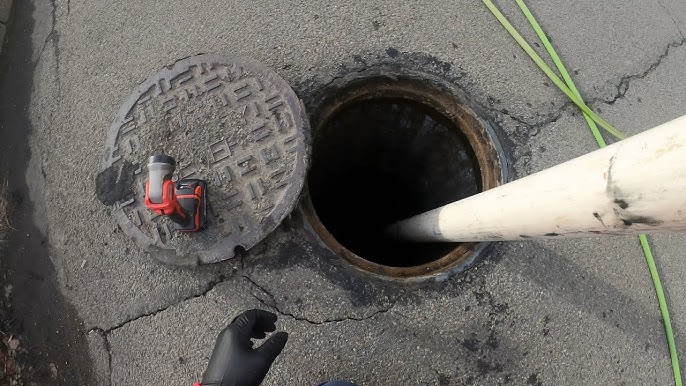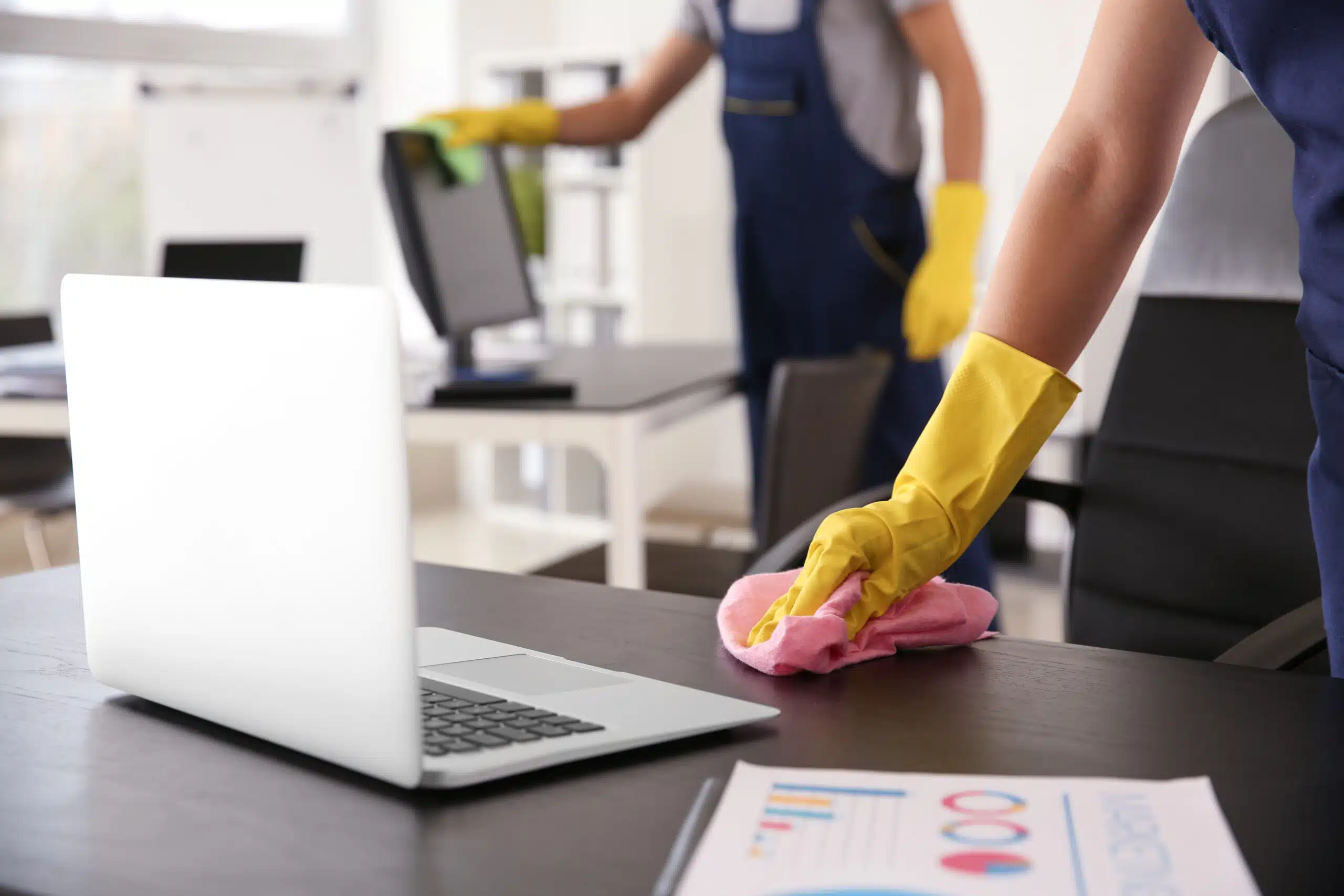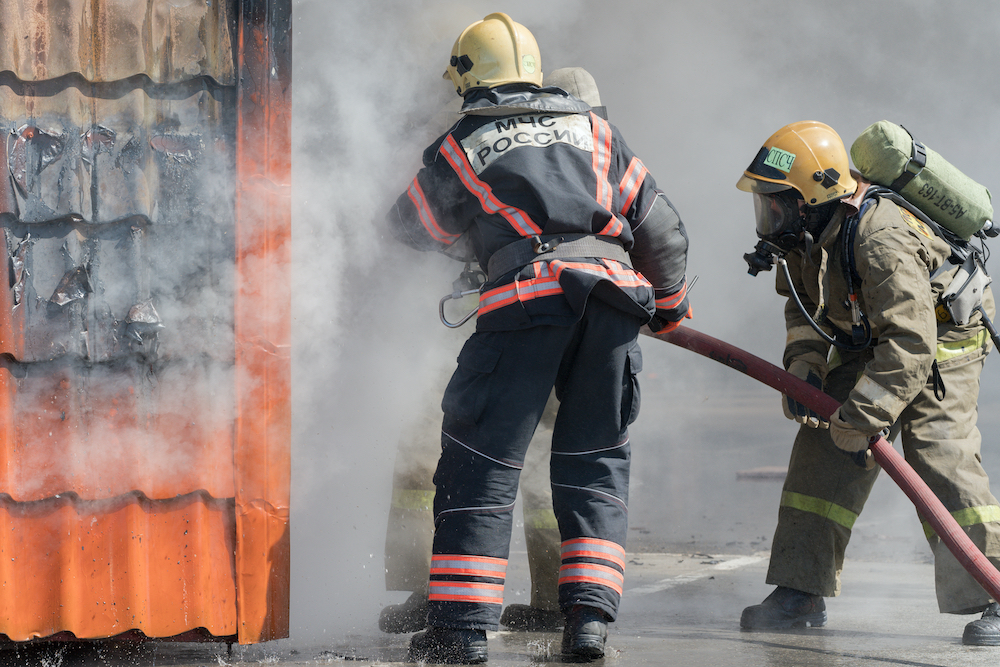When was the last time you checked what’s lurking beneath your home?
For many homeowners, property managers, and real estate investors, the crawl space is an afterthought—out of sight and out of mind. But this dark, often neglected space can become a breeding ground for some of the most damaging threats to your property’s health: mold, pests, and wood rot.
Understanding the hidden dangers of your crawl space is essential not just for preserving your home’s structural integrity but also for protecting indoor air quality and maintaining long-term property value. This guide explores the causes, consequences, and most importantly, the solutions to these common crawl space issues.
Why the Crawl Space Matters
Your crawl space is more than just an empty area beneath your home—it’s a vital component of your property’s overall health, influencing everything from air quality to structural integrity. Far from being “out of sight, out of mind,” this space acts as a buffer zone for your home’s ventilation, insulation, and moisture control.
When neglected, the crawl space can quickly become a breeding ground for trouble. Excess moisture can accumulate due to poor drainage, plumbing leaks, or unsealed vents, creating ideal conditions for mold growth, pest infestations, and wood rot. These issues don’t stay contained—they spread upward, affecting flooring, framing, and even your home’s indoor air quality.
In fact, studies show that up to 50% of the air inside your living space can originate from your crawl space. That means any mold spores, musty odors, or airborne contaminants below can circulate throughout your home, potentially impacting the health of everyone inside.
This is where crawl space waterproofing proves invaluable. By sealing out water intrusion, waterproofing systems help regulate humidity, prevent flooding, and protect against the damaging effects of long-term moisture exposure. The result? A cleaner, healthier crawl space that supports better air quality, lowers energy costs, and preserves your home’s structural foundation for the long haul.
Mold: The Silent Invader
What Causes Crawl Space Mold?
Mold thrives in damp, dark environments. If your crawl space is humid or prone to standing water, it creates the perfect conditions for mold spores to flourish. Common sources include:
- Poor drainage or grading around the foundation
- High humidity levels
- Unsealed vents and air leaks
- Plumbing leaks or condensation
Dangers of Crawl Space Mold
Unchecked, mold can damage subflooring, insulation, and even joists. Worse, it degrades indoor air quality and may trigger respiratory issues, allergies, or asthma in residents.
Prevention & Remediation
Effective crawl space mold prevention begins with moisture control:
- Install a vapor barrier
- Use a dehumidifier rated for crawl spaces
- Seal vents and air leaks
- Address leaks or drainage issues immediately
Professional mold remediation may be necessary in severe cases to remove contamination and restore safe conditions.
Pests: Unwanted Guests That Stay Too Long
Why Pests Love Crawl Spaces
Rodents, insects, termites, and even snakes are attracted to damp crawl space issues. These critters seek out moist environments for shelter and breeding. They enter through tiny cracks in the foundation, damaged vents, or unsecured access points.
Risks of Infestation
Pests don’t just damage insulation and wiring—they bring health risks and can accelerate wood rot. Pest control in crawl space areas is often more complicated due to limited access, so prevention is key.
Keeping Pests Out
- Seal all entry points
- Use pest-resistant insulation
- Keep organic debris and food sources away from your home’s perimeter
- Address moisture to remove the primary attraction
A clean, dry crawl space is a strong deterrent against infestations.
Wood Rot: The Structural Threat
What Is Crawl Space Wood Rot?
Crawl space wood rot repair is often required when structural wood is exposed to prolonged moisture. Rot is caused by fungi that consume cellulose, the main component in wood. It weakens the support beams, floor joists, and other critical components of your home’s structure.
Warning Signs:
- Sagging or uneven floors
- Musty odors from below
- Visible decay or discoloration on wooden beams
Repair and Prevention
- Replace damaged wood and reinforce structures
- Treat the remaining wood with anti-fungal solutions
- Eliminate sources of moisture to prevent recurrence
If you suspect wood rot, it’s crucial to act fast. Delay can lead to widespread structural failure and costly repairs.
Solving the Root Problem: Moisture
All three major threats—mold, pests, and wood rot—have one common denominator: moisture.
That’s why solving crawl space moisture issues is the cornerstone of prevention. Whether it’s due to poor drainage, high humidity, or foundation leaks, excess moisture must be addressed at the source.
Modern crawl space repair solutions include:
- Encapsulation: A highly effective method that involves sealing the crawl space with a vapor barrier, insulating walls, and controlling humidity. The crawl space encapsulation benefits include improved air quality, energy efficiency, and long-term protection against pests and mold.
- Drainage Systems: French drains, sump pumps, and proper grading can direct water away from your foundation.
- Dehumidifiers: Specialized units maintain optimal humidity levels to keep the environment dry.
- Vent Sealing: Prevents outside air and water vapor from entering the crawl space.
Long-Term Benefits of Crawl Space Repair
Investing in a dry, healthy crawl space delivers measurable returns:
- Increased Property Value: Buyers prioritize homes that are free from moisture-related issues.
- Energy Efficiency: Encapsulation helps regulate temperatures, reducing heating and cooling costs.
- Better Health: Mold-free air supports a safer living environment.
- Structural Longevity: Wood components last longer, reducing the risk of costly repairs.
When to Call a Professional
While some moisture control measures can be DIY, comprehensive repair and encapsulation are best left to professionals. Experts can assess your home’s unique needs and implement a long-term solution that protects against crawl space fungus, rot, pests, and mold.
Final Thoughts
If you’ve never looked beneath your home, now is the time. The threats of mold, pests, and wood rot are real—but so are the solutions. With proactive inspection, timely repair, and long-term moisture control, your crawl space can go from a hidden hazard to a sealed, secure asset.
Don’t let hidden damage chip away at your property’s value. Invest in the unseen, and reap the rewards for years to come.


